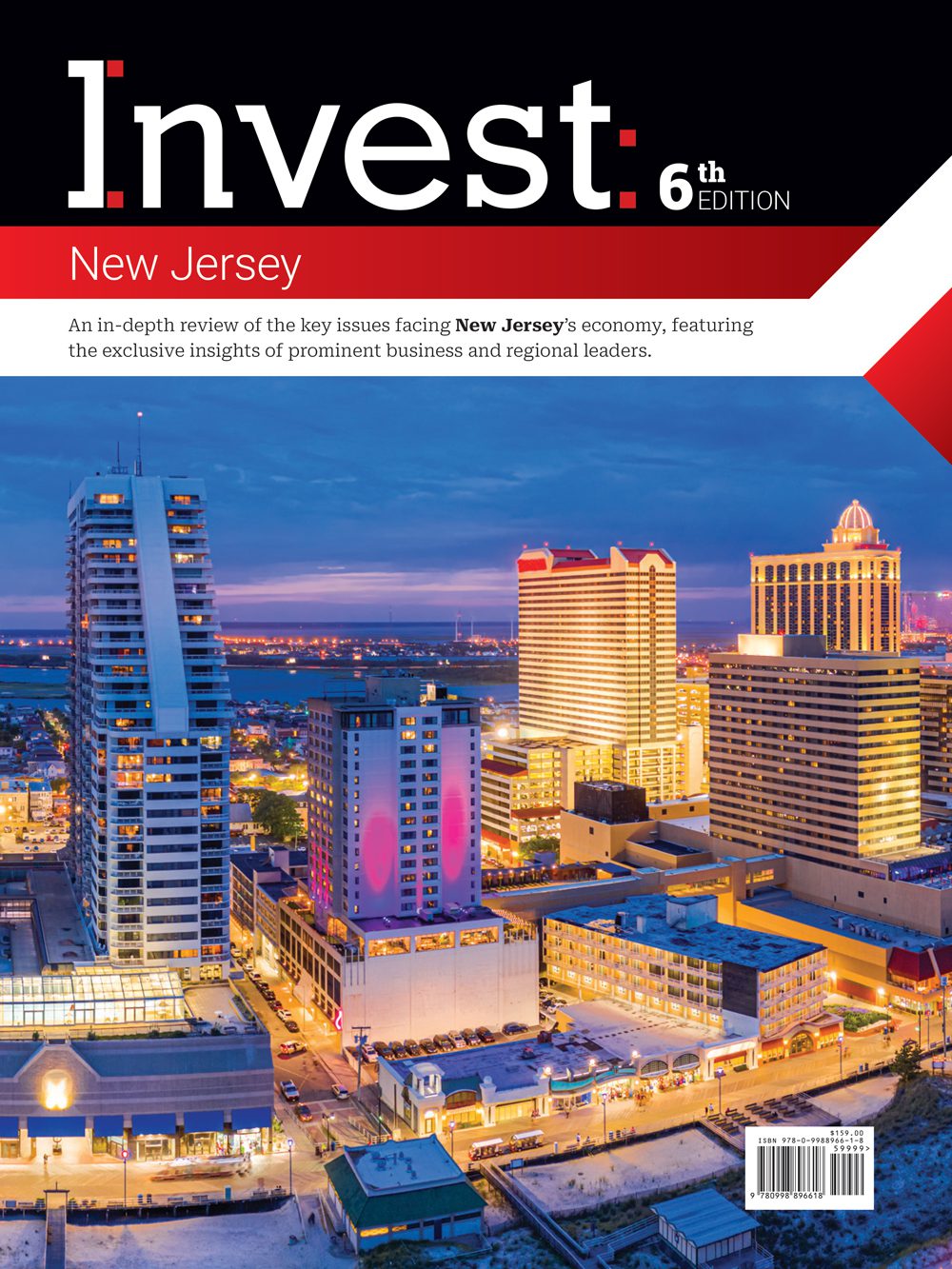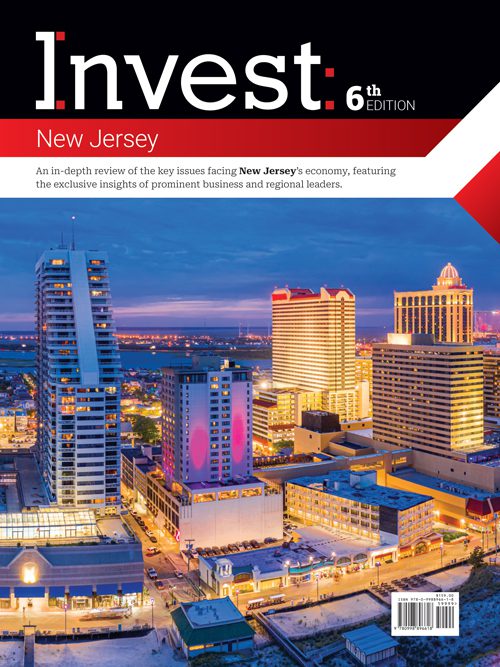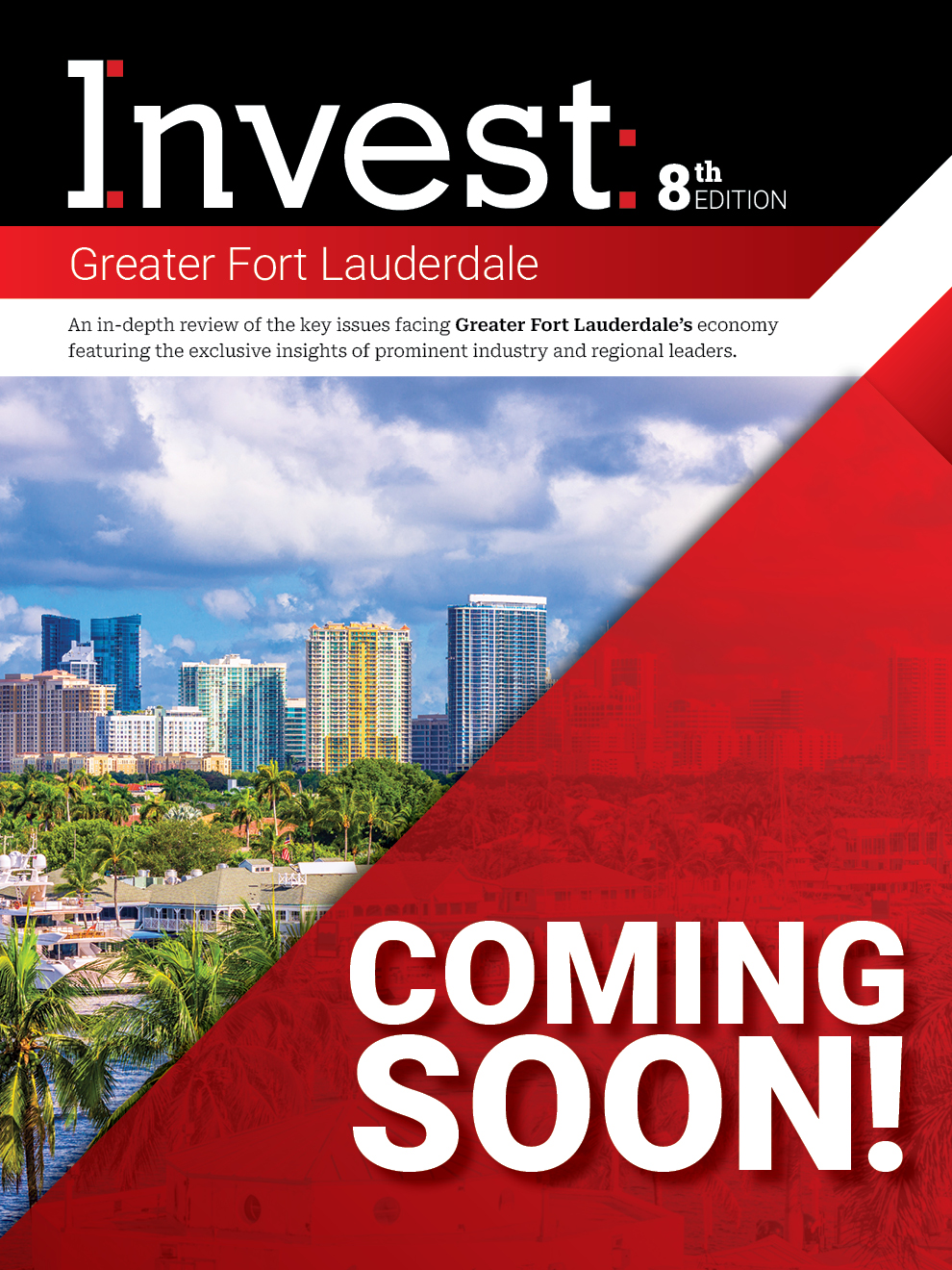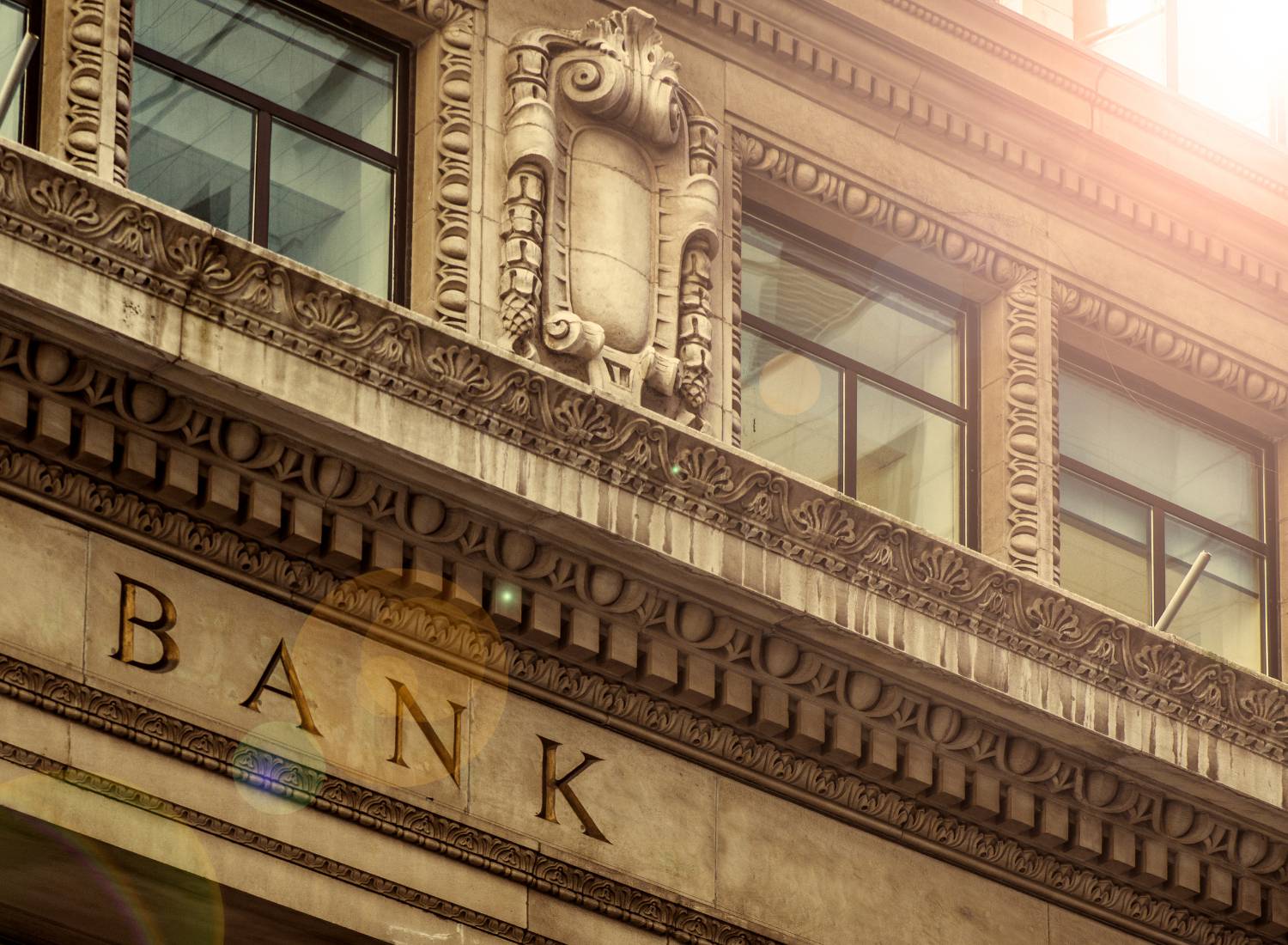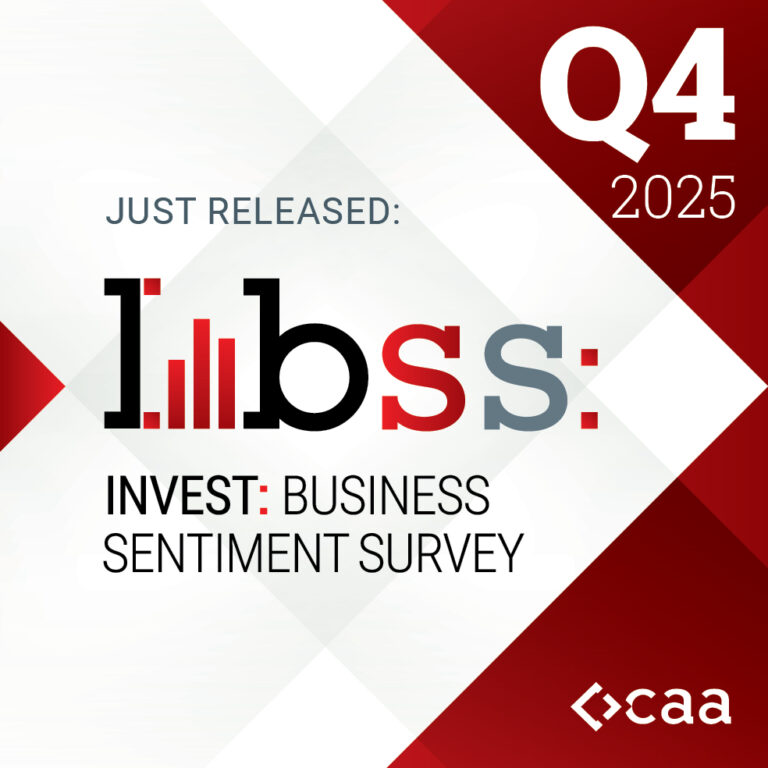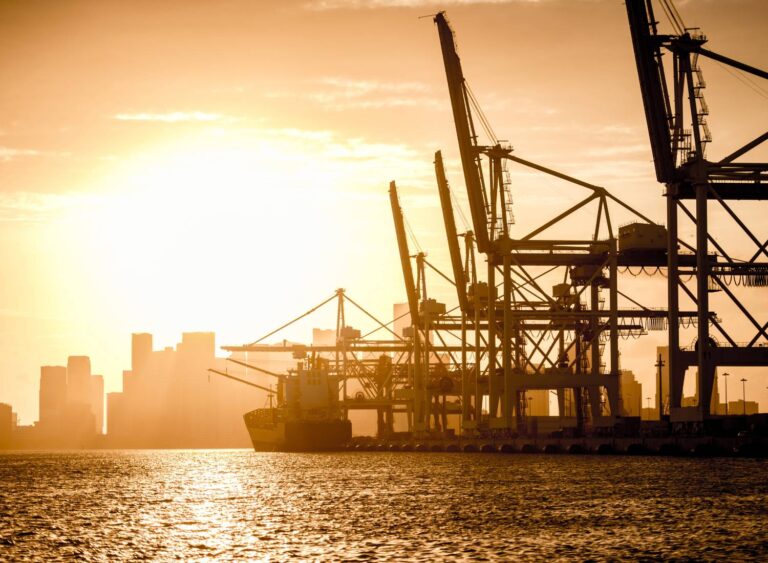Spotlight On: Balpreet Grewal-Virk, New Jersey Commissioner & Co-Chair, Gateway Development Commission
 July 2025 — In an interview with Invest:, Balpreet Grewal-Virk, New Jersey commissioner and co-chair of the Gateway Development Commission, discussed the Hudson Tunnel Project between New Jersey and New York, and the impact it will have. “This project is not just about New Jersey and New York. If you think about the impact, it’s about the entire country,” she said.
July 2025 — In an interview with Invest:, Balpreet Grewal-Virk, New Jersey commissioner and co-chair of the Gateway Development Commission, discussed the Hudson Tunnel Project between New Jersey and New York, and the impact it will have. “This project is not just about New Jersey and New York. If you think about the impact, it’s about the entire country,” she said.
What makes the Gateway Program’s Hudson Tunnel Project one of the most critical infrastructure projects in North America?
There has not been a project like this in over 100 years. The Hudson Tunnel Project is probably the largest infrastructure project in the entire country and will improve connectivity between New Jersey and New York, eliminating a single point-of-failure along a critical part of the much larger Northeast Corridor and benefitting not just this part of the region, but the entire country.
The progress we’ve made is a testament to our commitment to modernizing transportation. If you look at where we stand against the rest of the world, the United States ranks about No. 13 on infrastructure. If you ask me, we can – and should – do better. If you know the East Coast well, you know the Northeast Corridor is the busiest rail corridor in the country. It moves 20% of our nation’s GDP. But aging infrastructure like the century-old North River Tunnel is putting this critical artery at risk. The Hudson Tunnel Project is about creating a more resilient rail network that will last for generations to come.
We have the mindset of looking at the next 100 years of transportation on the East Coast and beyond. With the new tunnels, passengers will experience better reliability, reduced delays, and fast, 21st-century travel. That’s the goal here. The project will not only enhance regional mobility, but it will have huge economic benefits, too. The project is creating jobs and, at the same time, delivering long-term improvements in terms of transit efficiency. The continued advancement of this project is a win for both working families and commuters.
As far as jobs go, current and future construction will support close to 100,000 jobs. In fact, the first few contracts in construction alone are already creating more than 20,000 jobs and close to $5 billion in economic activity. This project is not just about New Jersey and New York. If you think about the impact, it’s about the entire country.
What are the primary challenges or obstacles for the Gateway Program?
There’s a reason why it’s taken more than a century to get this new tunnel underway. A project of this magnitude is incredibly complex. Every single day, we’re making sure that we’re plugging away and hitting our targets, making sure we’re getting our projects out on time. It’s a huge undertaking. We have already awarded five contracts, and there are still five major construction packages remaining in the pipeline. Each contract is complicated and challenging in its own way. So far, work is in progress on both the Palisades and Manhattan Tunnel contracts, the Tonnelle Avenue Bridge and Utility Relocation Project, the Hudson Yards Concrete Casing- Section 3 Project, and the Hudson River Ground Stabilization Project. When you pass by the Hudson River, literally in the middle of the Hudson River, you will see substantial in-water activity: floating barges, cranes, and ground stabilization work to prepare the riverbed for tunnel boring activity. It’s such an amazing sight.
There are so many moving parts within each of the awarded projects that we have to stay on top of every single day.
What progress has been made so far?
Our five contracts in construction are moving forward on schedule and creating new opportunities for workers and businesses throughout the region. I’ll start with the Tonnelle Avenue Bridge and Utility Relocation Project on the New Jersey side of the Hudson River, which will create the access point for the Tunnel Boring Machines. Just that one project alone is creating 420 jobs. It started in 2023 and should be completed this year, and we’ve already reached the halfway milestone on time and on budget.
The Hudson Yards Concrete Casing – Section 3 project is on the other side of the river, on the west side of Manhattan. This will create the link for the new tunnel into Penn Station, and construction on this package is creating over 4,800 jobs, which is significant. Here, we are 46% complete and have excavated 30,000 tons of soil. The Hudson River Ground Stabilization Project is 40% complete and progressing on schedule as we continue to build columns of reinforced earth to get ready for tunneling.
This year, we also transitioned from early work into heavy civil construction. The Palisades Tunnel Project, which will be the first of our packages to use Tunnel Boring Machines, is creating 5,500 jobs. It should be done within two years and is 11% complete at the moment. At the beginning of the year, we awarded the Manhattan Tunnel Project, our most complex package to date. It is expected to create 7,300 jobs and will be completed in 2029.
These are just the projects that are up and running. With more on the way, we need to make sure that we keep all these projects moving forward.
Which industries or sectors do you think will also benefit from the Gateway Program?
We know that ridership is going up, even surpassing pre-pandemic levels, for Amtrak and NJ TRANSIT. But we want the ease of riding to increase, too, getting people from point A to point B faster. This is a prime opportunity to spur economic growth. With greater connectivity, the benefits for any industry are limitless. The ease and comfort of public transportation are always top of mind for this region, and commuter confidence that they won’t face delays or breakdowns while using public transit is important. I would say that the impact of this is going to be amazing, with construction expected to infuse $19.6 billion into the economy. And once the new tunnel is up and running and the old systems are rehabilitated, we’re going to be in a great place to have more passengers riding because of greater reliability and more dependable service.
What is the estimated impact in terms of passengers?
We have about 200,000 passengers who go back and forth through the existing tunnel every single day. With only one track in and one track out of Penn Station, capacity falls by 75% when even just one tube in the 115-year-old tunnel needs to be taken out of service for repairs. Our goal is to finally deliver modern, reliable rail transportation to riders who today face chronic delays and bottlenecks far too often.
What is your outlook for completing the project?
We look forward to awarding major contracts in the months ahead. We anticipate awarding the Hudson River Tunnel contract in 2026 for the portion of the tunnel running under the river. We already have a shortlist at this time. The second project in the pipeline will build New Jersey’s surface alignment, which includes above-ground work such as viaducts and railway bridges. The third package we are preparing to award is for the tunnel’s systems and fit-out. Once we get through all of that, we need to go back to the old tunnels. Rehabilitation can start once the new tunnels are up and running, and that work will start in 2035. That’s about another three-year project out from there. A lot is underway with our existing scope.
For more information, please visit:

